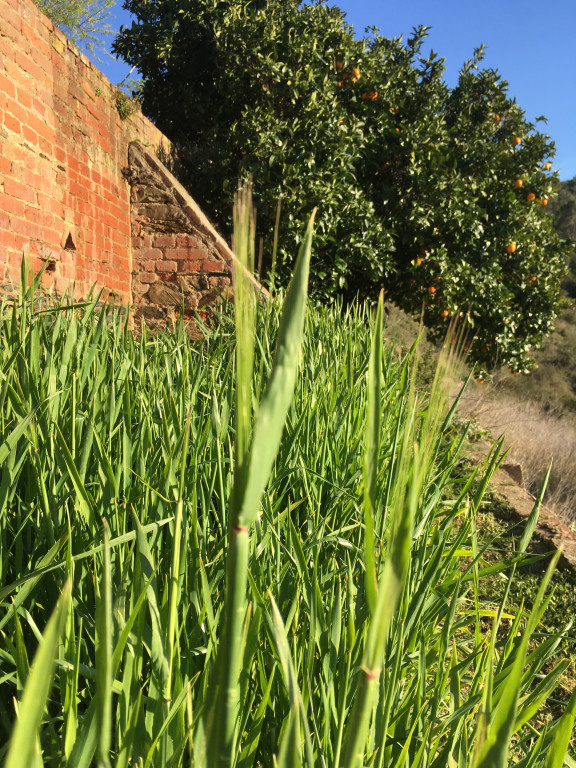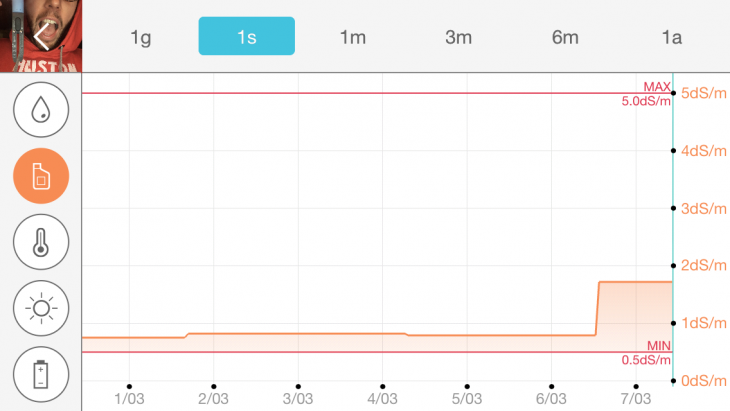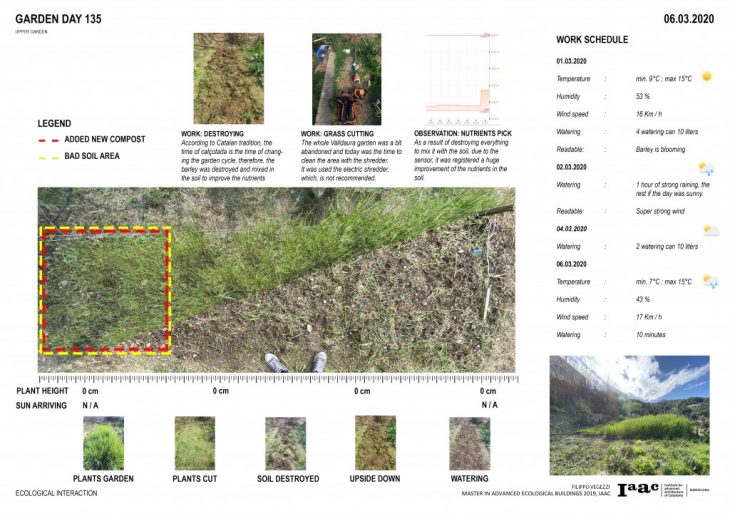LOCATION
The site is located in Barcelona, which has a maritime Mediterranean climate. It has mild winters and warms to hot summers. The rainiest seasons are autumn and spring. The rainfall pattern is characterized by a short (3 months) dry season in summer, as well as less winter rainfall than in a typical Mediterranean climate.
The average year temperature is 21.2 °C during the day and 15.1 at night. January is the coldest month and the temperature typical temperature ranges between 12 and 18 °C during the day and from 6 to 12 °C during the night. On the other hand, August is the warmest month and the temperature typically ranges between 27 and 31 °C during the day and about 23°C at night.
The average of raining days per year is about 78 with an annual average relative humidity of 72%. The highest rainfall totals are in late summer and autumn, from September to November. By contrast, the lowest rainfall season is in early mid-summer, from June to August and in winter, from February until March.
The area of the garden is situated in the center of the metropolitan area of Barcelona, in the Collserola Natural Park, the largest green space in the area. It is surrounded by a typical Mediterranean mountain flora estimated population of around 10’000 trees and more than 1’000 species of plants. The property is called Valldaura Labs, where, the green fabrication laboratory from IAAC, takes place.

THE SITE
I had the opportunity to use the land on the south-west side of the Valldaura Labs property, just near the house. As the building is on a little hill, the gardens, which take place on one of the sides have the chance to catch a great amount of sunlight.
The first garden is located in the bottom row of the land dedicated to agriculture, it takes place in between two other gardens, which, in contrast, are dedicated to growing fruits and vegetables.
As I was needing more space to try different growth strategies and to increase the harvest I got the opportunity to have a second land to use as a garden. This other spot is located immediately below the first site in between the retaining walls of the house. In the neighborhood of this garden, there is an abandoned garden and on the other side, there is a mandarin tree, which, as described later, it could be a problem.
Both of the land used was an abandoned garden and required to work the soil before starting the sowing. The first work was to remove all the previous infrastructure and all the weed that grown. Then, it was necessary to tillage the soil to improve the nutrients and to facilitate future plantation. After that, is important to periodically add water and to leave it for a couple of weeks. Subsequently, it has been added compost made the previous year from food waste, always adding water and wait for a couple of days before to start planting.

THE STRATEGY
The idea was to grow the component to make beer on the first Valldaura Labs beer during the summer. To do that, the first sowing, during the end of Octo- ber, it was the barley, however, to grow enough it was required to use a second land, which allowed experiments differents kinds of planting strategies.
The strategy for the upper garden was to create a rotation sowing, which should increase the quality and the nutrients of the soil. This procedure requires cutting the crops before it starts to make flowers and to mix it in the ground. As it does not need good final products, the planting was randomly by throwing casually the seed around the surface. To make everything uniform it was used the rake.
The other garden, on the other hand, was the main resource of barley, to do the final beer, therefore, the planting strategy aims to have a less amount of final products but with better quality. The sow required more patience and time, it is estimated to be a seed every 5 to 10 centimeter to give enough space to the plant to grow. To facilitate the work around the year, a little pathway was created in the middle of the land.
In the upper garden, it will be possible to plants other beer components after cutting the crops, and the idea is to plant hop or other ingredients, but it is still an idea, it will require understanding the growing process of those plants.

My garden is a project of IaaC, Institute for Advanced Architecture of Catalonia, developed at Master in Advanced Ecological Building and Biocity 2019/20 by:
Filippo Vegezzi
Faculty: Johnatan Minchin